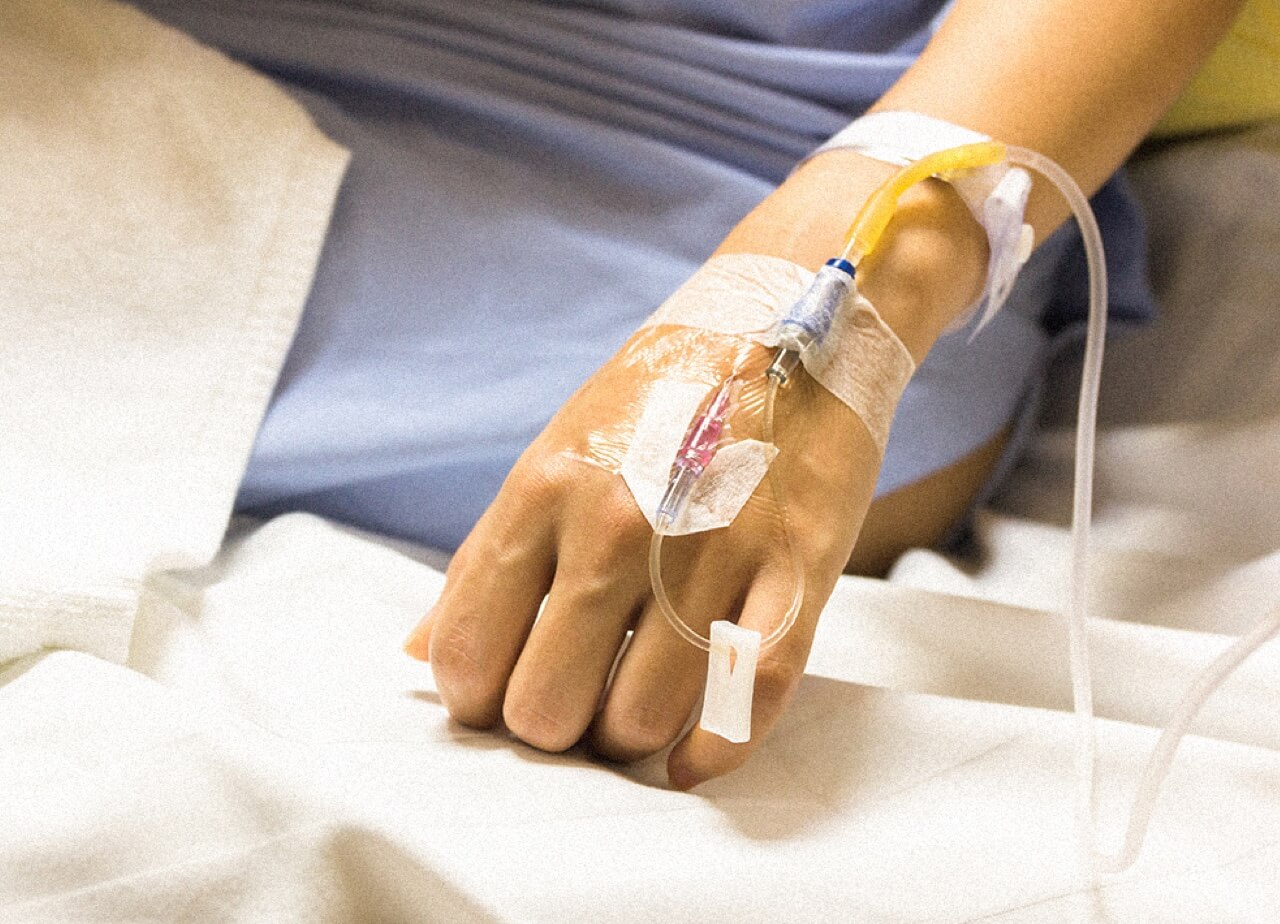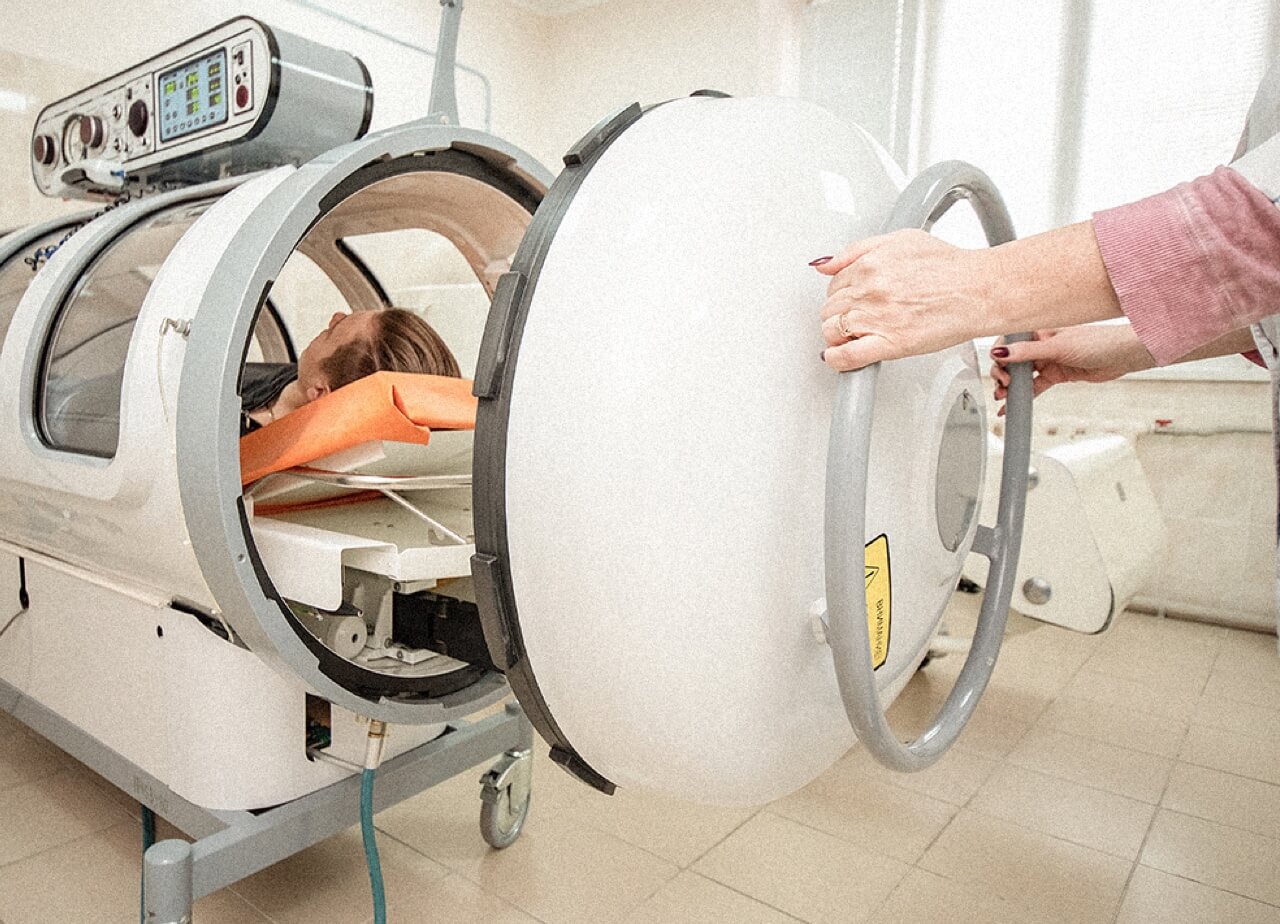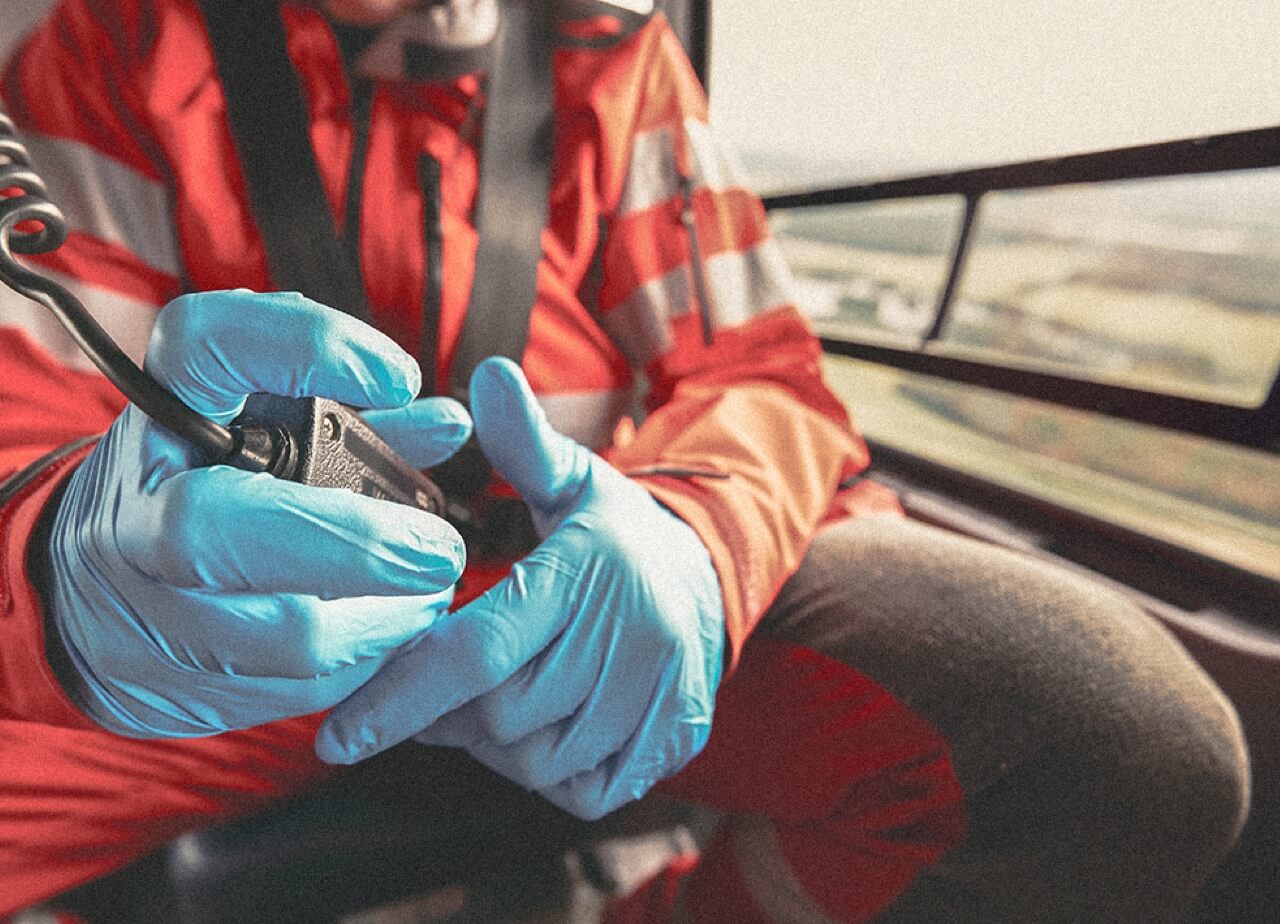This week is Perianesthesia Nurse Awareness Week (Feb 7-13). We’ll dive into PeriAnesthesia nursing, as well as four other niche types of nursing you may not know about.
1. Perianesthesia Nurse
In medical terminology, the term ‘peri’ usually means around, about, or encompassing. Perianesthesia nurses help patients who are coming out of and recovering from anesthesia. They look for key things when monitoring patients post-operation:
- Blood pressure
- Heart rate
- Temperature
- Respiration rate
- Signs of nausea

People can have adverse reactions to anesthesia. A perianesthesia nurse’s involvement is critical in administering potentially life-saving interventions if this happens.
They also help patients with pain management once the anesthesia wears off. Depending on the type of procedure, this can require IV medications that need a doctor’s consult.
Is a Perianesthesia nurse different from a Certified Registered Nurse Anesthetist?
Yes. While they are very closely related as both deal with patients undergoing anesthesia, CRNAs generally deal with the administration and monitoring of anesthesia. A perianesthesia nurse is in charge of mitigating all of the effects post-anesthesia.
2. Hyperbaric Nurse
Most people associate hyperbaric chambers with scuba diving. While these chambers are still used to treat the negative effects of decompression sickness, usually from scuba diving, hyperbaric oxygen therapy (HBOT) has many more proven medical applications. It makes sense that the nursing world needs nurses specifically trained to work with hyperbaric chambers.

To treat patients, hyperbaric chambers are depressurized and filled with 100% pure oxygen. Patients experience pressure from 1-3 times more air pressure than normal. The goal of the hyperbaric session is to get as much oxygen into the blood as possible.
Patients can be in their own hyperbaric chamber (called a monoplace) or in a larger chamber (called a multiplace) with other patients. In the larger chambers, each patient will wear an oxygen mask or hood. Monoplace chambers are what most of us think of when we think hyperbaric – these are the long tubes that a person lies in.
Here are some of the most common conditions that HBOT can treat:
- Decompression sickness
- Carbon monoxide poisoning
- Gas gangrene
- Cyanide poisoning
- Crush injuries
- Gas embolism
- Diabetic non-healing wounds
- Osteomyelitis
Most insurances will cover hyperbaric treatment for these conditions and others.
Hyperbaric nurses need very specific knowledge about the effects of pressure on the body and how it affects healing. They also will operate the chambers or work with hyperbaric techs to administer treatment.
In addition to specific hyperbaric duties, these nurses also perform many standard nursing tasks such as patient intake and evaluation, wound care, and pain management.
3. Flight Nurse
There is no big surprise as to what these nurses do. They work in airplanes or helicopters to treat patients en route to a medical facility. An important consideration with flight nursing is they often work with critically injured individuals – no one gets on a helicopter for a broken finger.
They also work in very restrictive and cramped environments, sometimes while traversing dangerous conditions. Hurricanes, fires, or bad snow storms – flight nurses may have to literally weather storms to get their patients to safety.

According to Nurse.org, “As a flight nurse, you do basically everything you’d do in an ER or ICU, but in a much smaller space and with fewer resources.”
Flight nurses are Registered Nurses (RNs) who get a CFRN certification through the Board Certification for Emergency Nursing (BCEN). They also must be trained in all types of emergency medical care.
4. Transgender Youth Nurse
Children can diverge from their birth-assigned gender at a very young age. Regardless of whether a toddler or teen experiences gender dysphoria, the medical implications of getting the right care soon can affect the entire course of someone’s life.
CDC studies show that 2% of America’s high school students identify as transgender. It is commonly known that LGBTQ+ youth face higher instances of mental health issues than their cis-gendered peers. Transgender youth nurses must be aware of the unique problems they face and be prepared with resources to help them.

Transgender nurses help provide gender-affirming healthcare which can cover a range of both medical and mental health care options such as:
- Social transitioning
- Puberty suppressing hormones
- Hormone therapy
- Gender-affirming surgery
Specializing in transgender youth care may be a newer nursing specialty, but one of increasing need. There’s not currently a specific credential associated with this profession yet. Still, any nurse wishing to specialize in transgender care should aim to gain experience at clinics that specifically offer this kind of care.
5. Oil Rig Nurse
Similar to flight nurses, oil rig nurses do exactly what the title says – they work on offshore oil rigs. Most oil rigs do not have a doctor on staff, so the nurse will be the primary point of all medical care.
Oil rigs are dangerous and present very different environmental challenges than that of a hospital or facility setting. These nurses may end up in remote locations all over the world with intense shift schedules – usually two to three weeks on and then two weeks off. Often, these nurses are on call 24 hours a day.

Oil rig nurses do it all. Routine care like medical evaluation of crew, safety testing, keeping medical charts, and responding to emergency situations. ER and trauma training are recommended for oil rig nurse candidates.
The remote location of oil rigs means that transport to more robust medical facilities may be difficult or extremely time-consuming. Oil rig nurses are expected to deal with high-stress environments and be fast decision makers.
Looking ahead
The job outlook for registered nurses is expected to grow by 9% from 2020-2030. The nursing industry is vast with many unique opportunities to help those in need. Thinking about where you want to specialize will help you gain the work experience you need. The first step for all of the above specialities is becoming a Registered Nurse.

